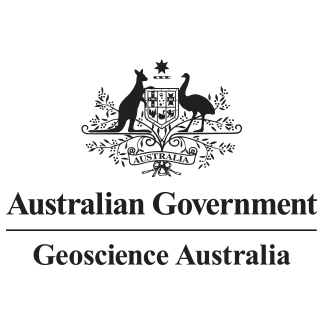Brief description
This dataset contains bathymetry products from the Lord Howe Rise 2D Seismic Survey undertaken by Geoscience Australia (GA) and the Japan Agency for Marine-Earth Science and Technology (JAMSTEC) during the period from 17 March to 16 May 2016 onboard the RV Kairei (Survey KR1605). The Lord Howe Rise (LHR) is a submerged plateau that extends from southwest New Caledonia to the west of New Zealand. Much of the LHR lies within the Australian marine jurisdiction at water depths of 1000-3000m. The Commonwealth conducted a scientific seismic survey over the Lord Howe Rise in 2016 in collaboration with JAMSTEC. This collaboration contributes to a larger research proposal submitted to the International Ocean Discovery Program (IODP) that would provide the first deep stratigraphic record for the Cretaceous Eastern Gondwana Margin. The IODP proposal, if funded, is to drill a deep stratigraphic well to a depth of 2-3 km below the seabed, possibly in 2020. In order to select the drill sites, GA and JAMSTEC are conducting site assessments that involve a seismic survey in 2016 and a geotechnical survey in 2017. Multibeam bathymetry data were acquired during the survey covering an area of 62,360 km2. Eight bathymetry grids of 50 to 80m resolution were produced using the shipborne 12 KHz sonar system.This dataset is not to be used for navigational purposes.
Lineage
Maintenance and Update Frequency: asNeededCreated: 27 10 2017
Issued: 31 10 2017
Modified: 01 11 2017
Data time period: 17 03 2016 to 16 05 2016
text: westlimit=153; southlimit=-28; eastlimit=165; northlimit=-14.5
User Contributed Tags
Login to tag this record with meaningful keywords to make it easier to discover
ESRI mxd files
uri :
https://d28rz98at9flks.cloudfront.net/112283/112283_MXD.zip![]()
Metadata
uri :
https://d28rz98at9flks.cloudfront.net/112283/112283_Metadata.zip![]()
KML
uri :
https://d28rz98at9flks.cloudfront.net/112283/112283_KML.zip![]()
ESRI Raster
uri :
https://d28rz98at9flks.cloudfront.net/112283/112283_ESRI_RASTER.zip![]()
Complete data package
uri :
https://d28rz98at9flks.cloudfront.net/112283/112283_complete.zip![]()
Caris Csar
uri :
https://d28rz98at9flks.cloudfront.net/112283/112283_CARIS_CSAR.zip![]()
Ascii XYZ
uri :
https://d28rz98at9flks.cloudfront.net/112283/112283_ASCII_XYZ.zip![]()
Lord Howe Rise Z56 Interp 2016 50 - 80m (zip) [78.3 MB]
uri :
https://files.ausseabed.gov.au/survey/Lord%20Howe%20Rise%20Bathymetry%202016%2050m%20-%2080m.zip![]()
- DOI : 10.4225/25/59F7C1C232FF0

- URI : pid.geoscience.gov.au/dataset/ga/112283

- global : bf2841e5-f767-41b3-8dc4-8b095a6cc9dd


